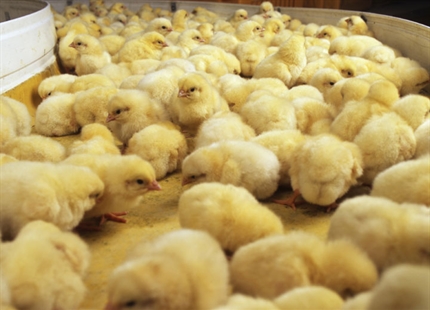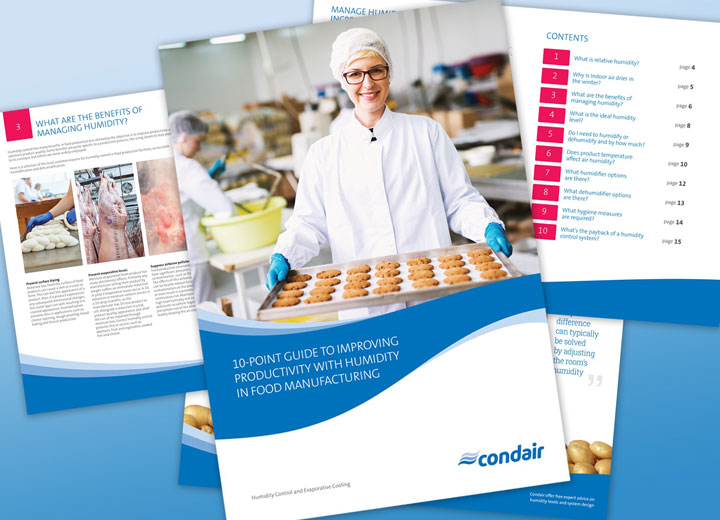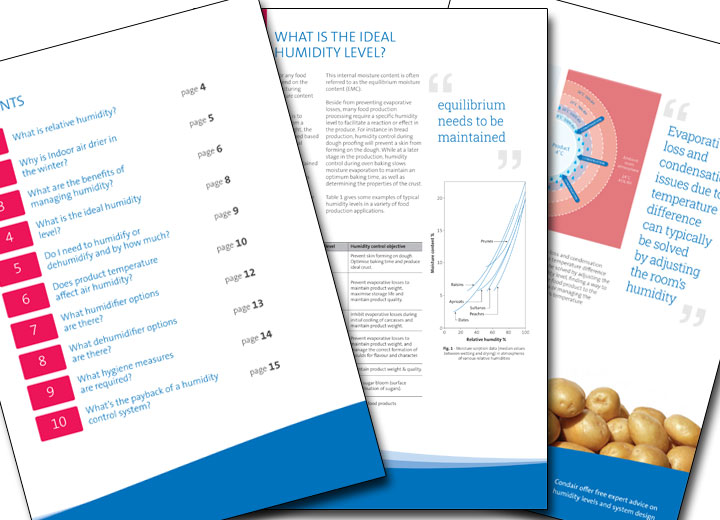Free guide only available to individuals working directly for a food manufacturing operation and subject to availabilty. Offer can be withdrawn at any time without notice.
10-point guide to improving productivity with humidity in food manufacturing
The water content of food is a deciding factor in its appearance, taste, shelf-life and ultimately its weight. Fruits and vegetables can be as much as 80-99% water, while foods such as meat, fish and pasta can be between 50-79% water.
For food manufacturers, managing the water content of their product is a vital strategy in maximising yield and maintaining quality. Evaporative losses and moisture gain can occur whenever the surface of the produce is exposed to the atmosphere.
The two main factors that influence the volume and speed of water movement from and into food produce are the relative humidity of the surrounding atmosphere and the duration of exposure.
This document presents an introductory 10-point guide for food manufacturers on understanding humidity and proactively managing it to enhance productivity, reduce waste and maintain product quality.
Complete and submit this form to receive your FREE copy
You may also be interested in...
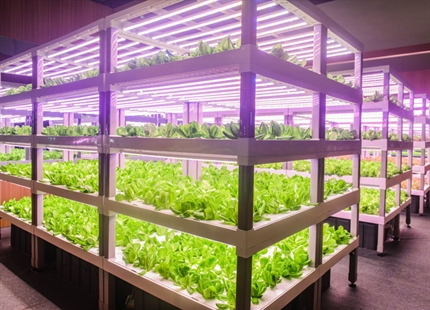
Vertical farms humidity control

Humidity control for bakeries

Humidity control for cheese curing
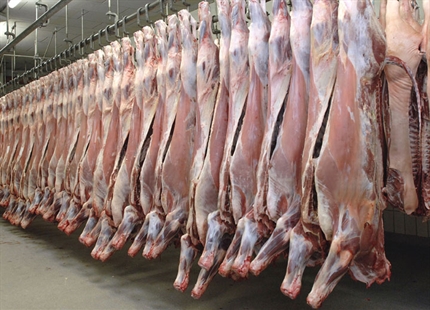
Abattoir humidification
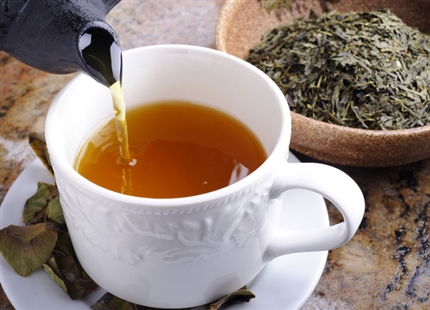
Tea production humidification
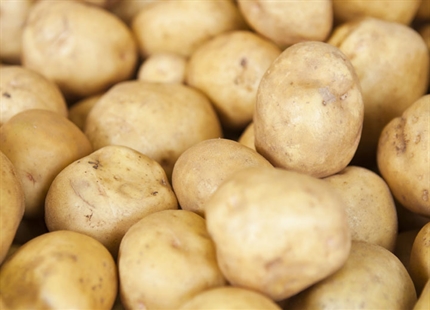
Crop storage humidification
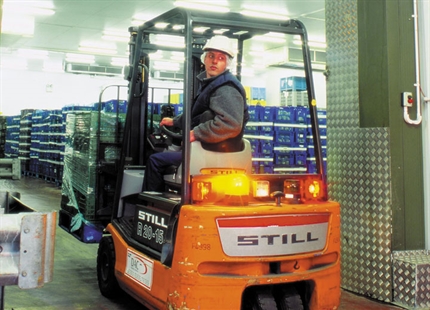
Cold storage humidification
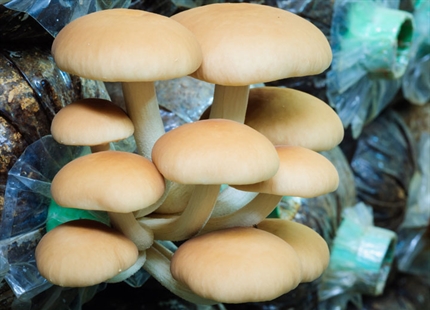
Mushroom growing humidification
